Martin LC Plus Manual
Læs gratis den danske manual til Martin LC Plus (28 sider) i kategorien Ikke kategoriseret. Denne vejledning er vurderet som hjælpsom af 9 personer og har en gennemsnitlig bedømmelse på 4.5 stjerner ud af 5 anmeldelser.
Har du et spørgsmål om Martin LC Plus, eller vil du spørge andre brugere om produktet?

Produkt Specifikationer
| Mærke: | Martin |
| Kategori: | Ikke kategoriseret |
| Model: | LC Plus |
Har du brug for hjælp?
Hvis du har brug for hjælp til Martin LC Plus stil et spørgsmål nedenfor, og andre brugere vil svare dig
Ikke kategoriseret Martin Manualer
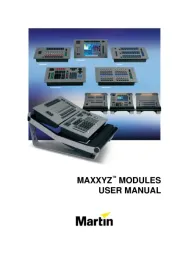
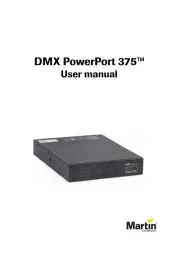
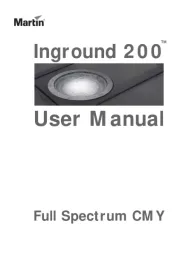
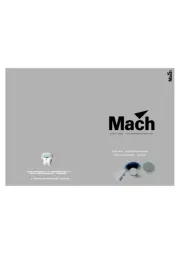
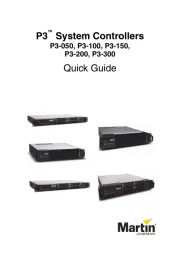
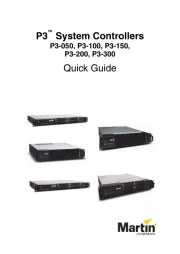
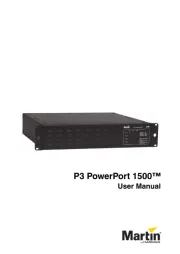
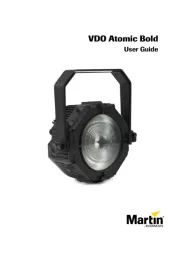
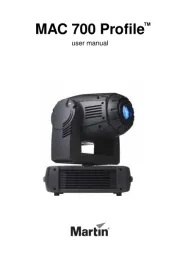
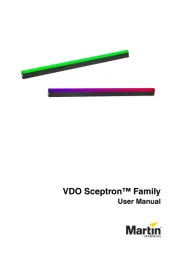
Ikke kategoriseret Manualer
- Baxi
- Brandson
- Sabco
- Onvian
- Jonsered
- ATP
- Noma
- Victrola
- PTZ Optics
- Dali
- Hexaglot
- King
- Mars Gaming
- PoolSkim
- Proviel
Nyeste Ikke kategoriseret Manualer









